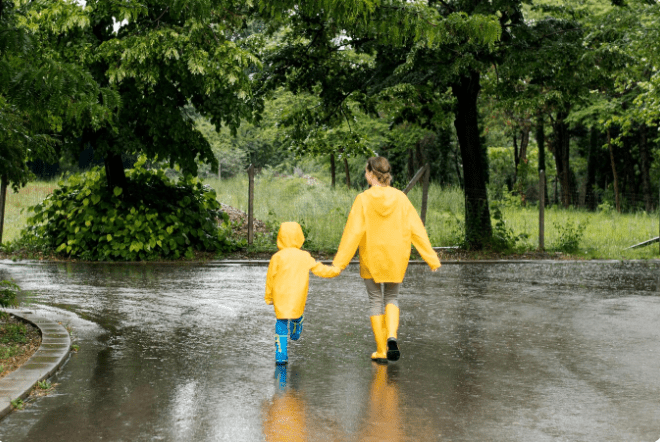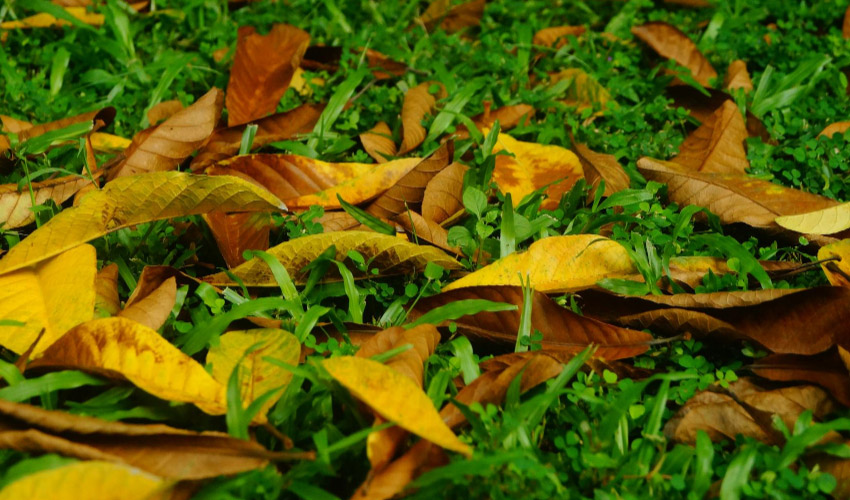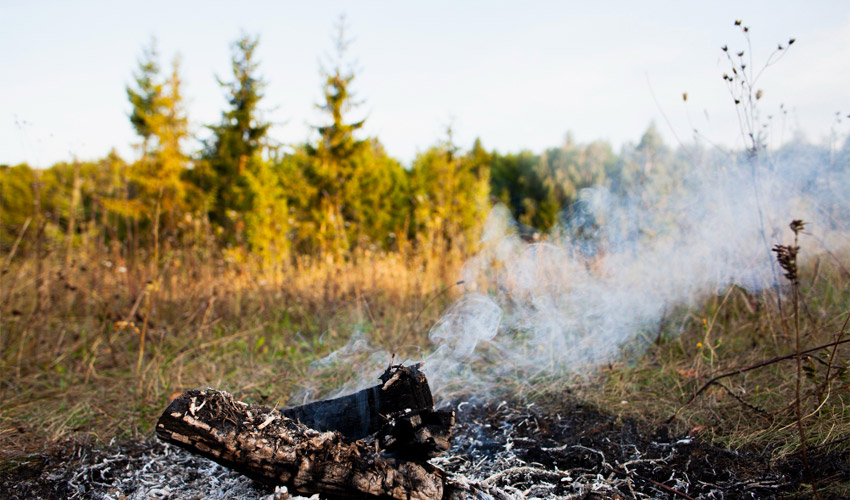The best time to get ready for plant care during a heatwave is long before the scorching weather arrives. Still, with today’s unpredictable climate, even regions that rarely experience extreme heat can suddenly face soaring temperatures, leaving gardeners dealing with the challenges of a heatwave. Plants demand extra attention in such conditions, and there are reliable guidelines to follow for gardening in extreme heat.
Whether you’re handling a short burst of hot weather or enduring a season of relentless high temperatures, here are a few tips to protect your garden in a heatwave.
Table of Contents
ToggleProtect Your Garden in a Heatwave
Smart Watering
It’s no surprise that during hot, dry spells, plants require extra hydration to stay strong and productive. The key is to water wisely so every drop counts.
The ideal time to water is early in the morning, when evaporation is slower and the soil can soak up moisture before the day heats up. Check your soil daily and add water whenever it feels dry a few inches down. Keep in mind, it’s more effective to give the ground a deep soak every few days than to wet the surface each day lightly.
Form shallow basins around plants or sink old pots and bottles into the soil to guide water straight to the roots, preventing wasteful runoff across the surface.
If you can’t manage daily watering in peak heat, consider installing a drip irrigation system with a timer to ensure consistent care.
Potted plants dry out especially fast and may even need watering twice a day in hot, windy weather. Always make sure the water is penetrating the soil instead of slipping down gaps between the potting mix and the container. Keep watering until you see it draining from the bottom. Placing saucers beneath pots can also help retain moisture for longer.
Lock in Soil Moisture
Once you’ve watered your plants, the next step is keeping that precious moisture in place. Adding organic mulches such as compost, dried leaves, or grass clippings helps slow evaporation by shielding the soil from direct sunlight. Mulch also keeps the root zone cooler, easing the strain on your plants during extreme heat.
Another option is to create a living mulch. Planting close together or using vigorous, sprawling crops like squash can provide natural ground cover, shading the soil and conserving moisture.
Stop Fertilizing
When the temperature climbs above 85–90ºF (29–32ºC), many plants begin to struggle. Some, like tomatoes, curl their leaves inward. It’s a natural defense that helps reduce water loss. Fruiting crops such as beans, peppers, and tomatoes may also drop their blossoms or halt new flower production as a way to conserve energy during the heat.
It might seem logical to add fertilizer to strengthen your plants, but in reality, that makes the problem worse. Extra nutrients push plants to grow, which demands more water, which is a risky move when conditions are already stressful. Instead of feeding, focus on consistent watering to help them endure the heat.
Add Some Shade
Just like us, plants also appreciate a break from the blazing sun. When the heat is intense, give your crops some shade using whatever materials you have at hand. Old net curtains, tulle fabric, or even white bed sheets can work well. You can also buy shade cloth, which comes in different densities from 15% and 30% to as much as 100% sun protection. While growth may slow slightly under shade, your plants will still get enough light while staying far less stressed.
Secure the fabric with clothespins or bulldog clips, and drape it over frames or hoops for support. Many crops benefit from relief from the harsh afternoon sun, especially cool-season vegetables like lettuce and cabbage, as well as fruits such as strawberries.
Harvest Promptly
Picking crops on time helps reduce the load on your plants. The fewer leaves, pods, or fruits they need to support, the less energy they spend trying to keep everything alive during extreme heat. For fruiting and pod-forming plants, especially, harvest as soon as the produce is ready. Any fruits that haven’t fully ripened can finish coloring indoors, giving your plants a much-needed rest. Once the temperatures ease, they’ll bounce back and return to normal production.






